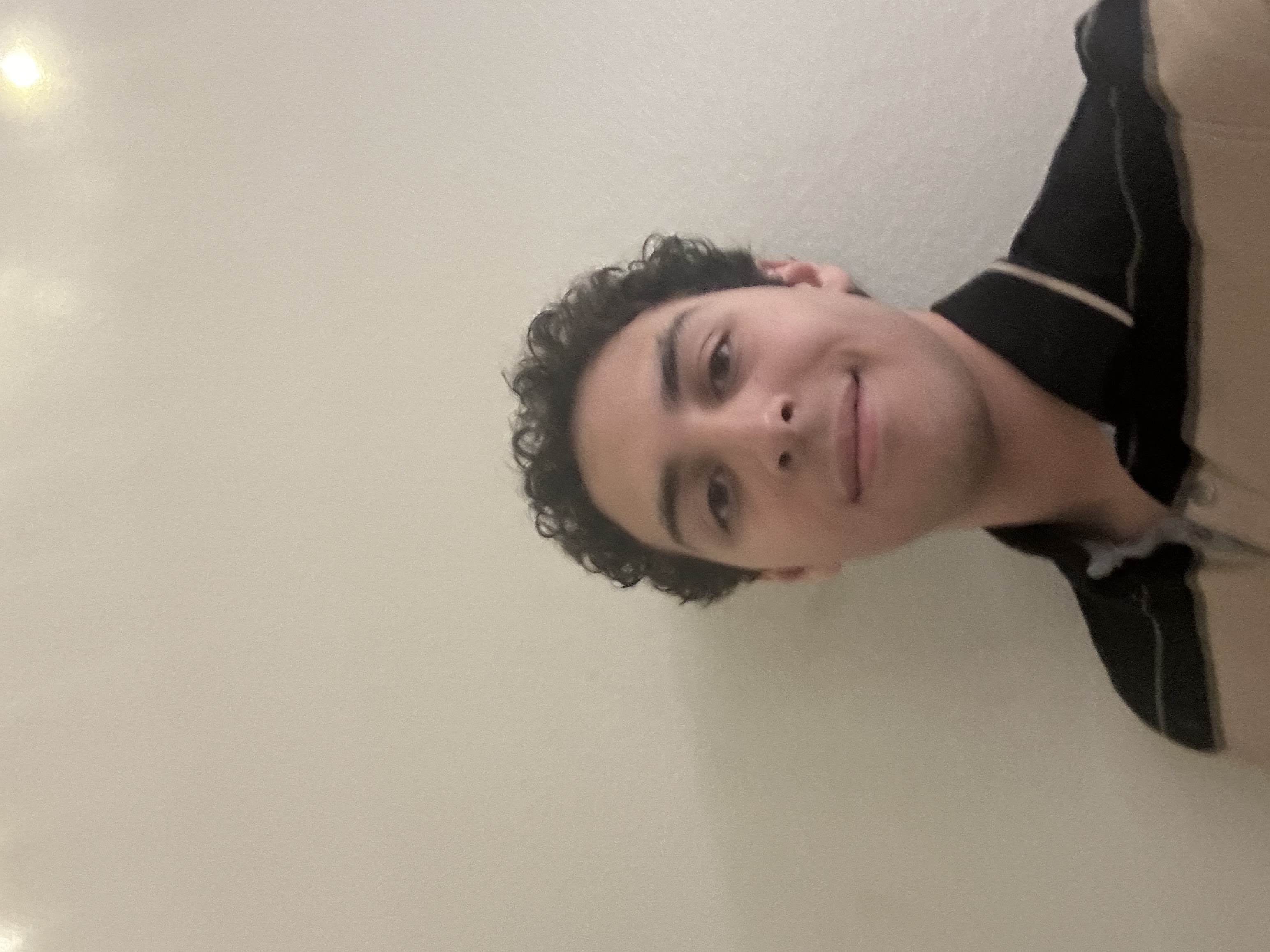Research Symposium
25th annual Undergraduate Research Symposium, April 1, 2025
Michael Morales Poster Session 3: 1:45 pm - 2:45 pm/ Poster #88

BIO
My name is Michael Morales, I am a third-year Biology student and I'm very curious about the world. I'm passionate about research and dedicated to personal growth, always looking for ways to connect my academic interests with real-world applications. Outside of school, I love playing soccer, hanging out with friends, and traveling; these fuel my adventurous spirit. I plan to pursue a career in medicine, with the goal of becoming a heart surgeon, and am committed to continuing my education in medical school.
Modeling of VWF Protein Dynamics in Glucose Rich Blood Flow
Authors: Michael Morales, L. Connor WillisStudent Major: Biological Sciences
Mentor: L. Connor Willis
Mentor's Department: Chemical and Biomedical Engineering Mentor's College: FAMU-FSU College of Engineering Co-Presenters: Emaad Rahmathulla
Abstract
Von Willebrand factor (VWF) is a protein that plays a key role in stopping bleeding by helping platelets stick to blood vessel walls and starting the clotting process. Normally, VWF changes shape when there’s a lot of blood flow (shear force), which allows certain parts of the protein to activate, and form a clot. Recent studies have suggested that high levels of sugar in blood, like in diabetics, might mess with this process. High sugar levels increase blood viscosity, which could make it harder for VWF to unfold the way it’s supposed to, and might increase the risk of bleeding problems for diabetic patients.
To better understand this, we used computer simulations to see how high blood sugar affects VWF at a molecular level. These simulations allow us to test how VWF behaves under different environments. These simulations allow us to analyze VWF behavior in different environments and assess its response under real-world conditions.
We used the TIP3P water model for simulation. While both accurately replicate physiological conditions, they emphasize different molecular interactions. Water models were validated at 293K, 298K, and 310K by analyzing variables such as density and viscosity. VWF protein and glucose were then implemented into the system. Data from these simulations were analyzed and visualized using Visual Molecular Dynamics (VMD) which were then validated with other experimental data and literature.
Keywords: VWF, model, modeling, glucose, simulation


